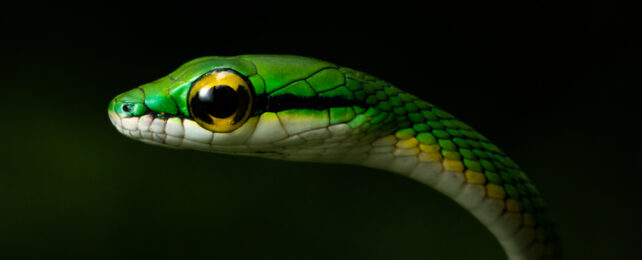Roughly 128 million years ago snakes suddenly burst into an abundant existence on Earth, eventually diversifying into the 4,000 or so species we see today.
Yet their prevalence can't be solely attributed to their most obvious characterizing traits: abandonment of limbs and body elongation. While 25 different groups of lizards are limbless, no other type of reptile has reached the explosive level of diversity seen among snakes.
To explain their success, Stony Brook University evolutionary macroecologist Pascal Title and colleagues examined the genetics and diets of more than 60,000 specimens of snakes and lizards from museums around the world to see what makes a noodle form of scaly life so successful.
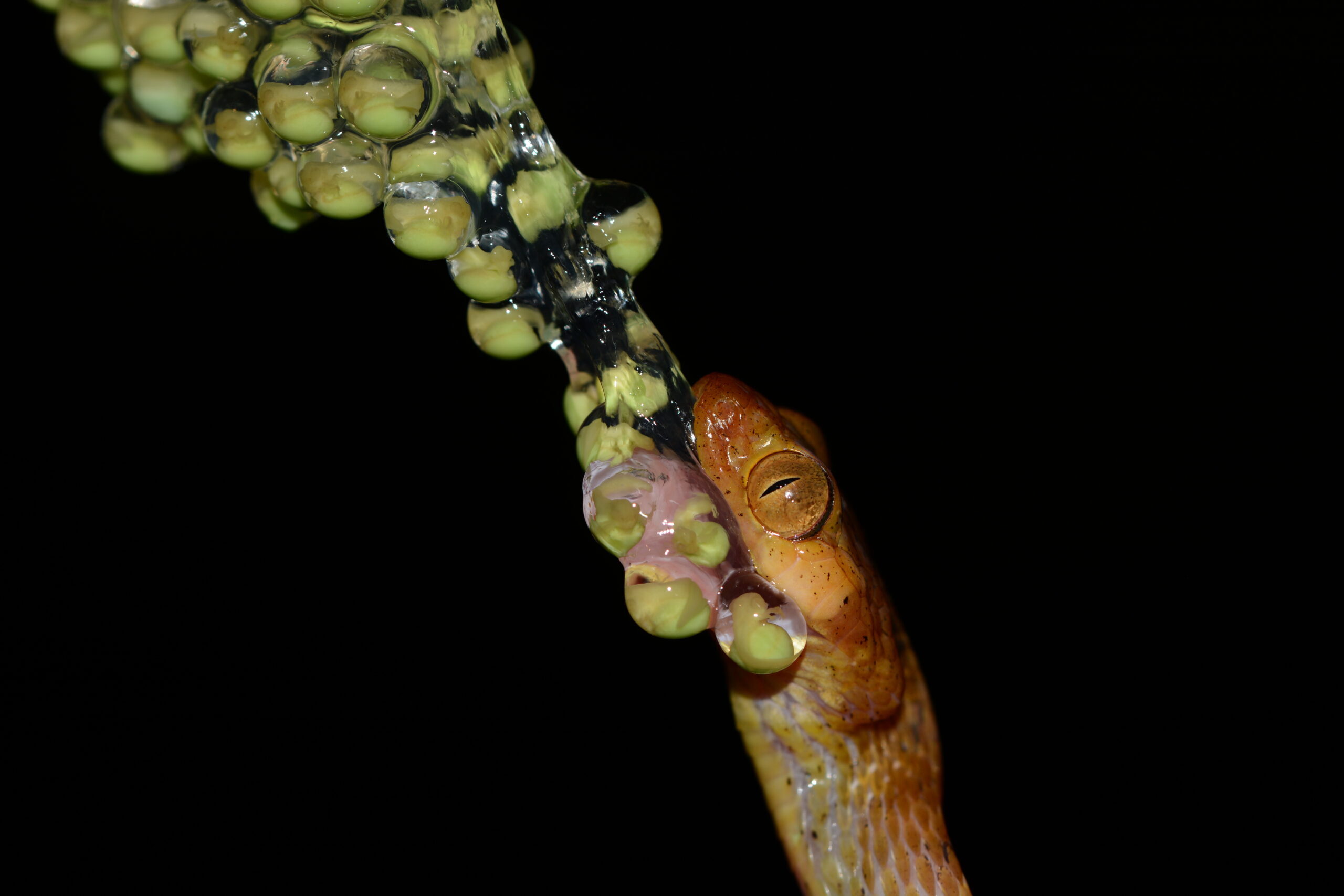
"We found that snakes have been evolving faster than lizards in some important ways, and this speed of evolution has let them take advantage of new opportunities that other lizards could not," explains University of Michigan evolutionary biologist Daniel Rabosky.
Snakes seem to have hit an evolutionary jackpot – a rapid pulse of successful biological innovation that allowed them to thrive in copious variations.
It's likely there were many driving factors, the researchers concede, but a shift in the way snakes feed separates them from other reptiles. This includes flexible skulls – allowing them to swallow animals significantly larger than their heads – and a highly sophisticated chemical detection system to find and track this prey.
"If there is an animal that can be eaten, it's likely that some snake, somewhere, has evolved the ability to eat it," says Rabosky.
The team's genetic analysis, including 1,018 species of snakes and lizards, found snakes were evolving up to three times faster than lizards, with multiple bursts of rapid evolution across history.
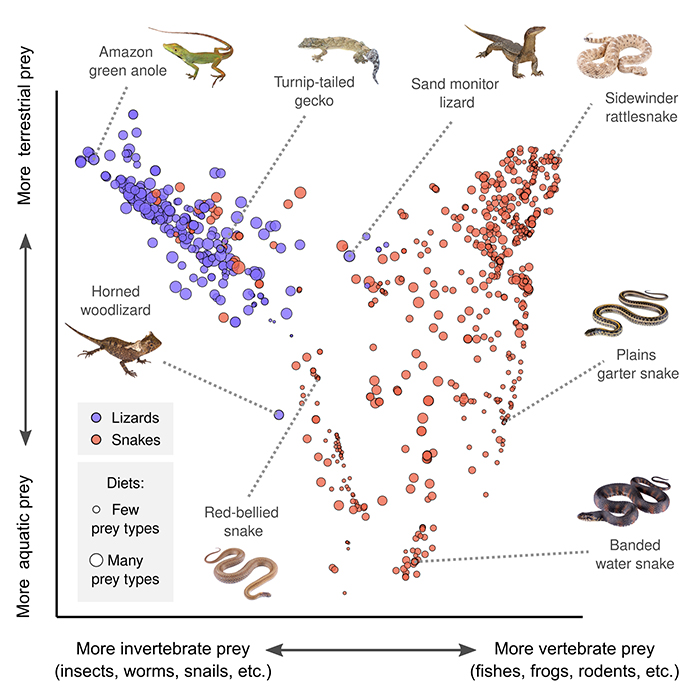
So when the asteroid took out non-avian dinosaurs about 66-million-years-ago, snakes not only had the biological tools to survive but the genetic capacity to rapidly adapt to the changing environments around them and take advantage of now-vacant niches.
From flying serpents to frog-goo-eaters, snakes now call every continent except Antarctica home. And despite their very straightforward body plan, snakes still manage to pack in a dazzling variety of traits and appearances.
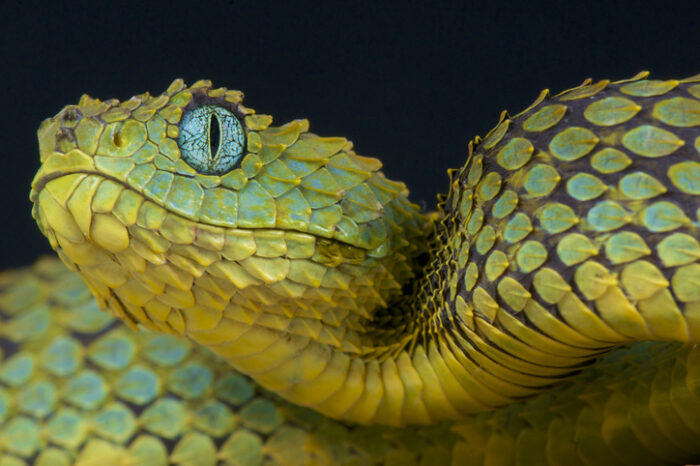
"A standout aspect of snakes is how ecologically diverse they are: burrowing underground, living in freshwater, the ocean and almost every conceivable habitat on land," explains phylogeneticist Alexander Pyron from George Washington University ."While some lizards do some of these things… there are many more snakes in most of these habitats in most places."
What exactly about their genetics gives snakes such a speedy evolutionary clock is currently a mystery.
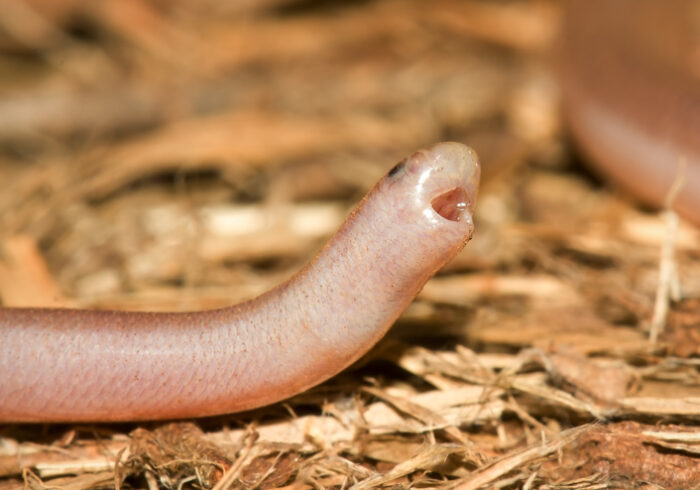
But Earth may owe its incredible arrays of life to such sudden and dramatic events known as macroevolutionary singularities, when a perfect combination of unpredictable traits and circumstances click into place. The rapid emergence of flowering plants is another example, Title and team point out.
"What I love about this study is how it integrates hard-earned field and museum data with new genomic and analytical methods to show a basic biological truth: Snakes are exceptional and frankly quite cool," concludes California State University evolutionary biologist Sonal Singhal.
This research was published in Science.
